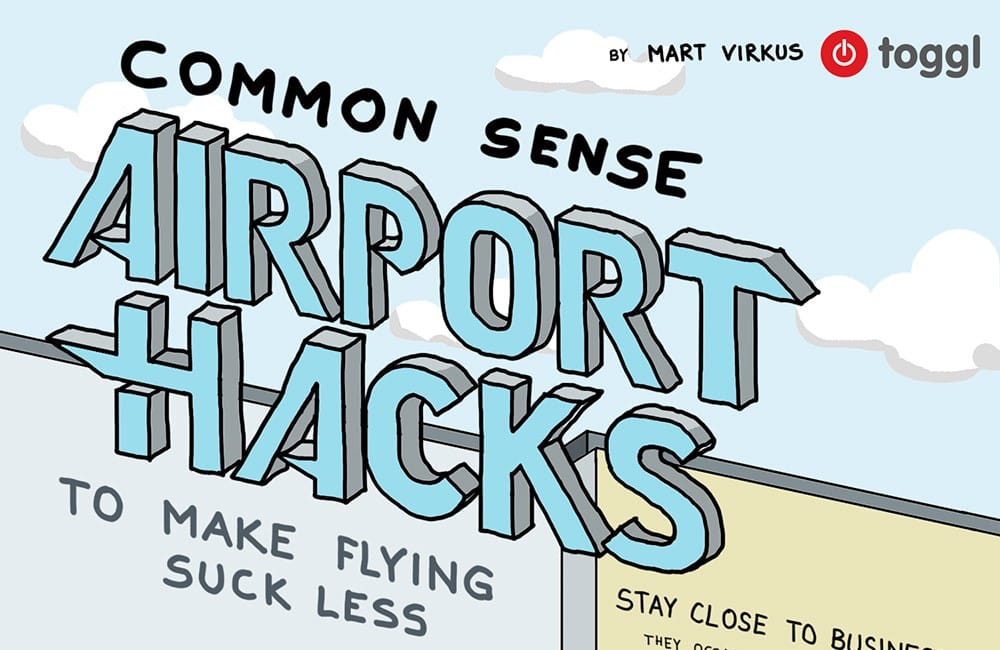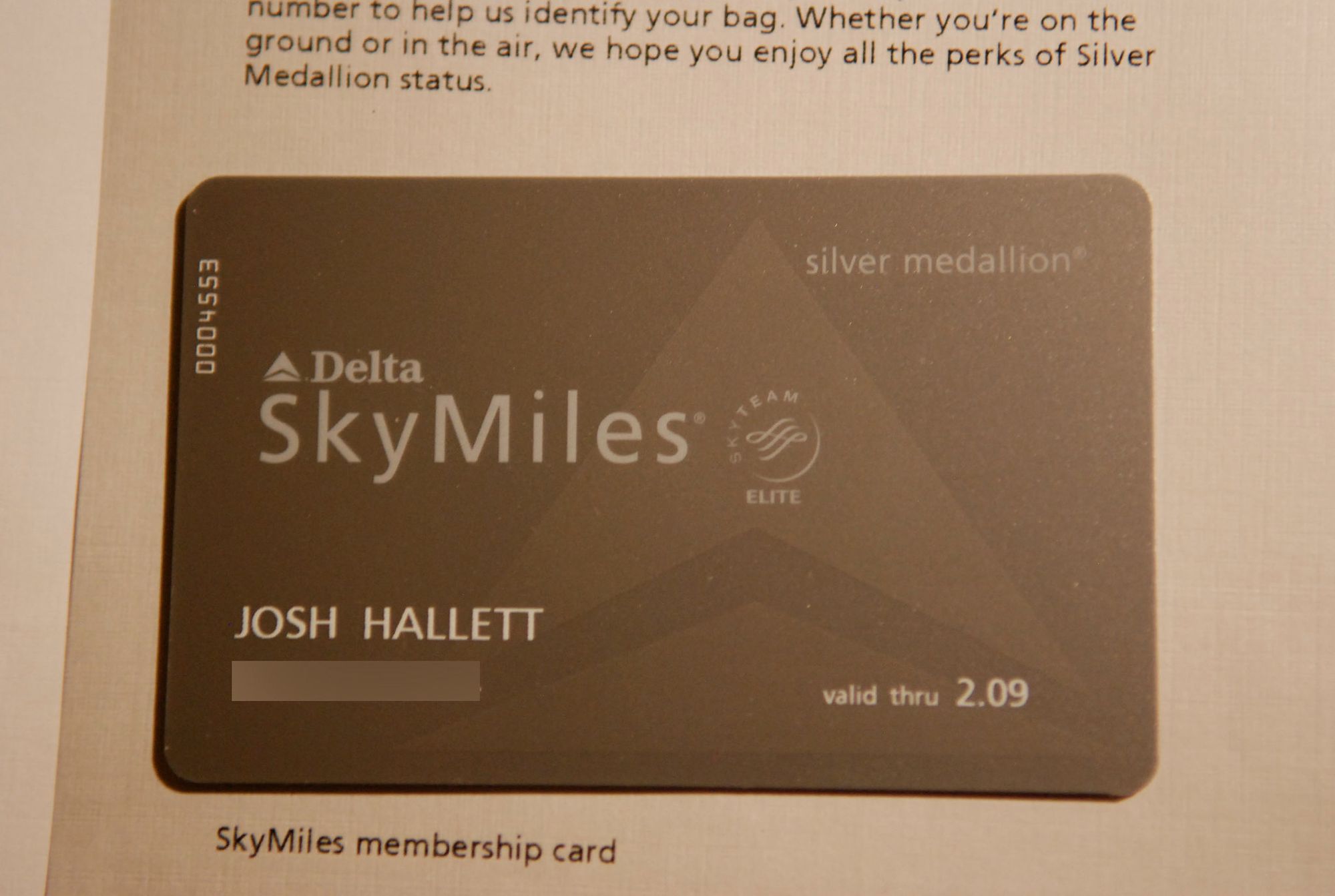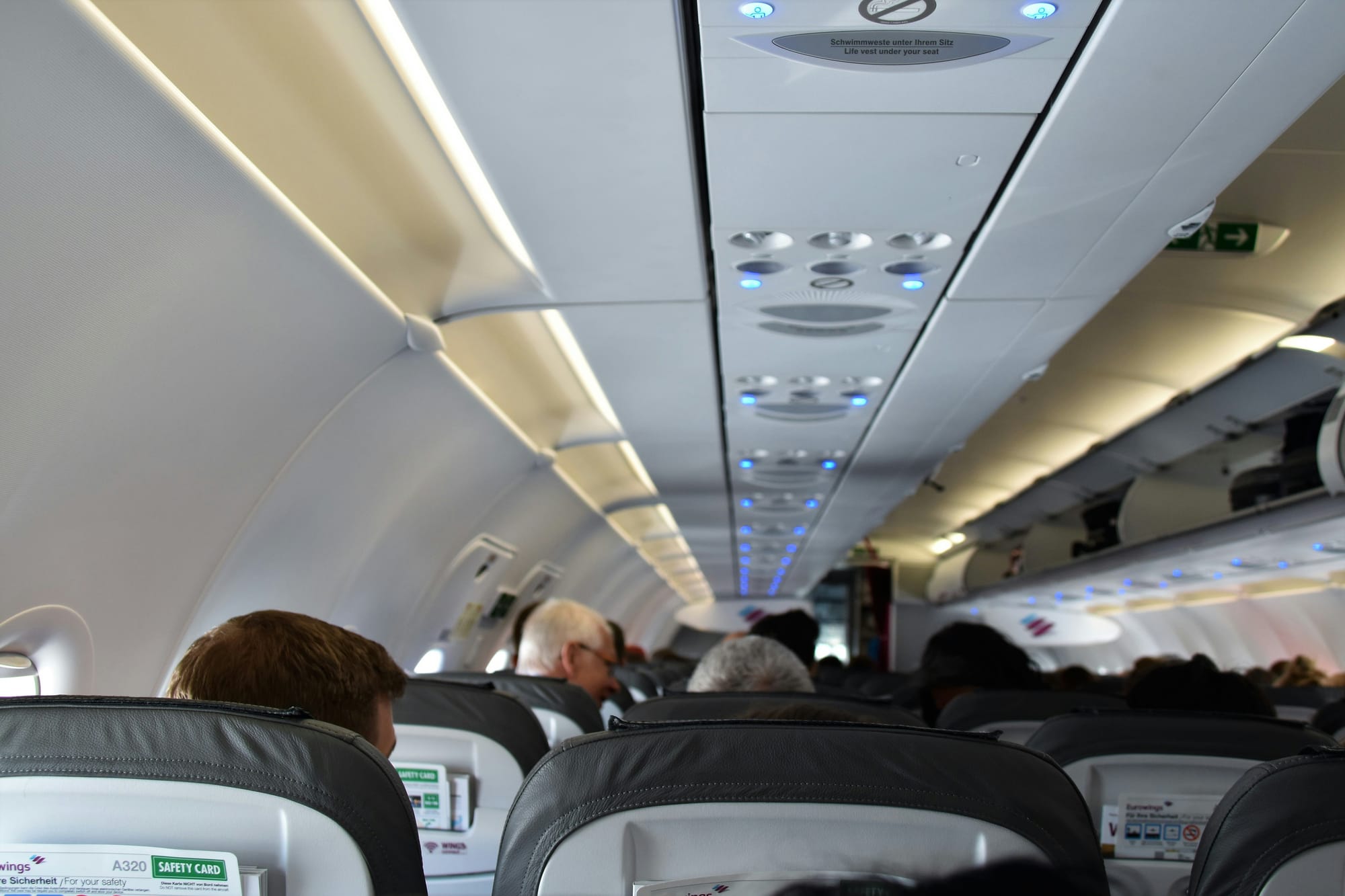In our hobby you need to understand some basic concepts before you should proceed with entering the lion’s den. We throw around terms like ‘miles’ and ‘points,’ but what are they? This guide will examine the different types of miles and points available out there and how they can vary between card issuers and brands. There are four main types of miles and points that we deal with and we’ll focus on these more in-depth.
Airline Miles
When you think of airline branded credit cards these are the types of miles that they’re referring to. You are usually earning frequent flyer miles for the airline’s program that are redeemable for flights with that specific airline. These are usually the most restrictive types of reward currency out there as they can only be used for that specific airline or any partner airlines that the program may offer. While this isn’t necessarily a bad thing it’s not the most versatile currency offered.
When frequent flyer programs first began you earned miles based on how many miles you’ve flown. Today, with exception of one U.S. carrier, the miles that you can earn from flying is based on the purchase price of your ticket and a multiplier set by the fare class of your ticket. The only carrier that sill awards you miles based on the miles that you’ve flown is Alaska Airlines.
To earn miles on these airlines via credit cards you need to be a member of their frequent flyer program and have one of the airline branded credit cards. From there your miles earning will be based on the conversion of spending to miles, most airline credit cards earn one-mile-per-dollar on normal spending. For example, if you spend $1,000 in a month at the end of your statement period you will receive 1,000 miles in your airline frequent flyer account.
Miles earned are not tied to your credit card, instead they’re apart of your frequent flyer account and won’t go away if you decide to cancel your credit card. Your points will remain safe in your frequent flyer account but you may be subject to any expiry terms for that airline’s program so read the terms and conditions to check if your miles may expire after a set amount of time if you don’t use them.
One thing that many beginners may mistake is that the number of frequent flyer miles you have is equal to the amount of miles that you can fly. The truth is that many airlines, except for Delta, publish an award chart and based upon that award chart your route segment will cost that many miles to book.
While you may earn miles for one specific airline you don’t necessarily have to fly that airline when you redeem your miles. Most airlines have partners world-wide that you can redeem your miles through. For example, I can use Alaska Airlines miles to book a flight with Emirates because they have a partnership with the airline and can book a flight to Dubai on Alaska’s website.
Common airline mile credit cards:
- American Airlines AAdvantage Credit Cards (Citi)
- Alaska Airlines Credit Cards (Bank of America)
- British Airways Credit Cards (Chase)
- Delta Air Lines SkyMiles Credit Cards (American Express)
- United MileagePlus Credit Cards (Chase)
Airline Points
Only two such airlines in the U.S. use a point system rather than miles to tally up their frequent flyer program rewards. Both Southwest and JetBlue offer points as their type of reward structure. Instead of your redemption options being based on an award chart like airline miles, these programs use the price of the ticket as a conversion to points. As a rough example, if the ticket price of your flight was $150 it might cost 10,000 points to book that ticket. If the price of the ticket happens to go up or down then the point values will fluctuate with the cost of the ticket.
In the case of airline points the frequent flyer program has set a fixed value per point and will adjust with the prices of the ticket. In this case it will be more of an advantage of you to book an award ticket during off-peak times and seasons to reduce the number of points that you use. However some programs use bands of pricing rather than a set conversion value, this may further change how points are used for award redemption.
Common airline points credit cards:
- Southwest Airlines Credit Cards (Chase)
- JetBlue Credit Cards (Barclaycard)
Bank Based Miles & Points
Now we get into more confusing currencies with miles and points that have no frequent flyer program attached to them. These currencies as a whole are very hard to pin down as a set value or currency conversion that makes sense. With frequent flyer credit cards you know exactly the miles that you’re earning and how much you can redeem them for, but you’re only earning on that airline.
Miles and points earned with banks typically have a much broader use as you can use them on practically any airline. However all these programs are not the same and vary by the currency they market them as.
For example, with the Barclaycard Arrival+ card you earn miles that are not redeemable with an airline but as a form of cash back on the purchase of a ticket. If you have 25,000 Barclaycard Arrival+ miles you can really only buy a plane ticket for $250, which might not get you very far. On the other hand 25,000 miles with an airline frequent flyer program may buy you a lot more.
So now that you’re confused if you should get a frequent flyer credit card instead of a general miles and points earning card consider this. Redeeming these bank miles and points you’re not tied down to award availability for the flight, instead it’s being redeemed as a revenue ticket which means you’ll have broader availability for flights.
With more frequent flyer programs you can only redeem your miles and points for plane tickets, with these bank miles and points you can also redeem them for car rentals, cruises, and a lot more making them a little more flexible to use.
Common bank mile credit cards:
- Arrival+ Credit Card (Barclaycard)
- Bank of America Travel Rewards Credit Cards (Bank of America)
- Discover it Miles (Discover)
- Venture Card (Capital One)
Transferable Points
These types of points are the highest valued points out of everything that we’ve discussed today. These transferable points are not apart of any airline or program but rather held by the bank and can be used to transfer to travel partners at a set conversion rate.
Examples of these programs:
- American Express Membership Rewards
- Chase Ultimate Rewards
- Citi ThankYou Points
- Starwood Preferred Guest Starpoints
The first three programs are directly held by banks where they have their own travel portals as well as an extensive list of transfer partners. The last program, Starwood Preferred Guest Starpoints, are held by the hotel chain but due to the extensive list of transfer partners qualifies it to be under this category. Depending on what program you have your points stored in you have access to transfer to select partners. For example, only Chase Ultimate Rewards can be transferred to United MileagePlus and only American Express Membership Rewards can be transferred to Delta SkyMiles.
Unlike frequent flyer programs, the points that you earn are directly tied to your credit card and will expire if you do not keep an active card opened up. Each program is a little different, with American Express and Chase you can keep your points as long as you have one card open that earns those points. With Citi your points will expire after a grace period of closing the card, many people have lost their points because they don’t understand this. The bottom line is that if you are thinking about closing a card make sure you understand how the points expire and where you can transfer them to keep them safe.
The incredible value of these points comes from their ability to transfer them to partner programs. So if you need to top up your United MileagePlus account for your next award ticket you can just transfer some points from Chase Ultimate Rewards or if you need just a little more points to book a hotel room from Hilton you can transfer American Express Membership Rewards.
These transferable points can also be used locally to buy tickets on practically any airline, hotel, or car rental, sometimes with an incentive to do so. With Chase you can redeem 1 point for 1.25 cents (1.50 cents if you have a Sapphire Reserve) if you book travel through Chase. With American Express most points are usually redeemed at 1 point for 1 cent but if you have the American Express Business Platinum you’ll get 35% of those points back for booking business or first class (or coach for your preferred airline).
Remember to always keep in mind that each program has a limited set of transfer partners and normally it’s one partner per transferable point program. Most of the booking through these sites are based upon award availability and is subject to change depending on what the airline is offering, you may not always be able to find a ticket on the flight you want leaving you to buy it with your card rather than points. Lastly if you ever transfer points to a partner program it’s a one way street, you may not ever reverse a transfer to a partner program. Lastly, point transfers aren’t always instant sometimes they can take a couple of days to fully transfer before you can use them.
Now you might notice that I also included the Starwood Preferred Guest Starpoints in this group. While Starwood is a major hotel chain owned by Marriott and you can redeem your points for stays at Starwood properties you also have a massive amount of options to transfer those points. Due to the Marriott and Starwood merger you can transfer your Starpoints at a rate of 1-Starpoint-to-3-Marriott-points but on top of that you can even transfer to many airline partners and hotel chains just like you can with the bank cards. With the incredible value that Starpoints are valued at they’re a great commodity to possess for their transfer ability.
Common transferable point credit cards:
- American Express Charge & Credit Cards (Green, Personal Rewards Gold, Business Gold Rewards, Platinum, Everyday, Everyday Preferred, Blue Business Plus)
- American Express Starwood Preferred Guest Credit Cards
- Chase Ink Credit Cards (Ink Cash/Ink Preferred)
- Chase Sapphire Credit Cards (Preferred/Reserve)
- Citi ThankYou Credit Cards (Premiere/Prestige)
Note: It’s possible to use non-direct point earning cards in conjunction with these cards to increase return value. For example, you can transfer your Chase Freedom Unlimited points to your Chase Sapphire Preferred to redeem for travel at 1.25cpp (cents-per-point).
Final Thoughts
To understand what credit cards is the best for your goals it’s crucial to understand the different types of miles and points you can earn and how they can be used most effectively. When picking credit cards it’s best to have a clear plan of how you’re going to use the points and miles keeping in mind you can accomplish your plan. While you can diversify your point programs, you likely will take a lot longer to build up a good enough stash to make the redemptions you actually want. It’s up to you to understand these concepts and decide for yourself which programs are a best fit for your end goals.









![Delta Diamond Medallion Drama, United Polaris Changes, Barf Bags & More [Roundup]](https://static.avgeeks.aero/content/media/2024/04/kenny-eliason-n-YceUl10I0-unsplash.jpg)
